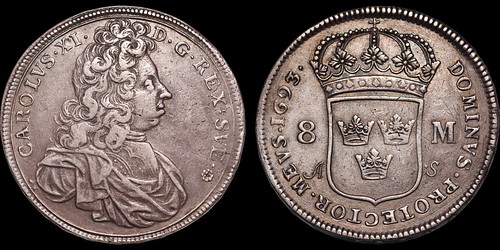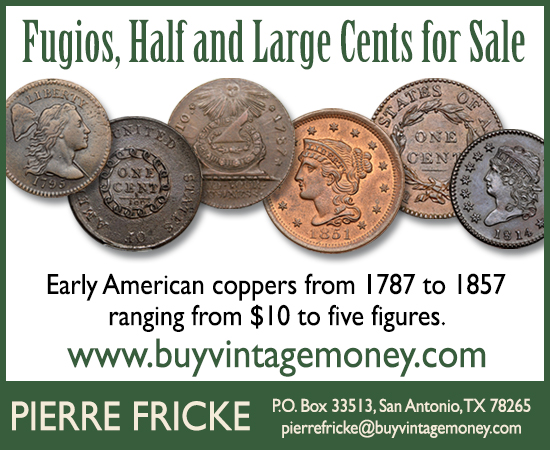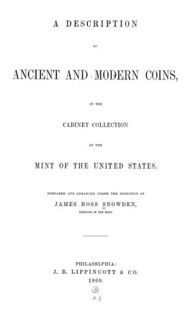
PREV ARTICLE
NEXT ARTICLE
FULL ISSUE
PREV FULL ISSUE
THE 1860 SNOWDEN MINT BOOK COLLECTIONNow here's the story of someone who really took to heart the classic advice to "Buy the Book Before the Coin", setting out to collect examples of coins mentioned in Snowden's 1860 book on the collection of the U.S. Mint! Allan Davisson published the following in an October 8, 2020 email to clients about his firm's upcoming E-Auction 27. With permission, we're republishing it here. Thanks! -Editor
This somewhat wry discussion opens an 1860 publication by James Snowden, Director of the Mint, A Description of Ancient and Modern Coins in the Cabinet Collection at the Mint of the United States. It is a 400+ page volume filled with history, lists, and descriptions. The Mint collection, begun in 1838, was formed from foreign coins held as deposits (and saved from the melting pot) as well as purchases authorized by Congress beginning in 1839 with an appropriation of one thousand dollars "for specimens of ores and coins to be preserved at the Mint." Snowden notes that Congress would have appropriated more if asked but "it was deemed expedient 'to set an example of moderation in a pursuit which has its temptations to extravagance and excess.'"

Lot 174 This reference inspired the substantial collection that we are introducing in this catalog—a multi-box assemblage of coins attributed by Krause number. The collector's goal was to represent the mostly post-1600 European world sections of Snowden's works by seeking examples of all the silver and base metal coins mentioned. Lots 167 to 186 represent the Swedish portion of the collection and a smattering of additional material provides a preview of other sections. The collection is "above average circulated" coins emphasizing types connecting to the day-to-day lives of the people who used this currency. Putting an order to all this so that we can present it in our catalogs is challenging. While an obvious starting point is individual coins of enough interest and value to catalog as single items, the harder question is how to offer the inexpensive but still historically important lesser pieces. We have put them in lots that are estimated very conservatively with enough description that you should have a clear sense of what to expect. We can ship lots for viewing for the cost of Priority shipping. For print catalog readers, we can send a black-and-white photo of the images that are available online. While the rest of the catalog speaks for itself, the early Roman Imperial bronze collection deserves a mention. It was built by an informed American collector in Minnesota in the early 1950s. He bought coins from Spink and Glendining's corresponding with Leonard Forrer and William French. In the US he dealt with Edward Gans at Numismatic Fine Arts in New York as well as with Earle K Stanton in Los Angeles and Paul S. Seitz in Pennsylvania.
For more information, see:
To read the book on the Newman Numismatic Portal, see:

Wayne Homren, Editor The Numismatic Bibliomania Society is a non-profit organization promoting numismatic literature. See our web site at coinbooks.org. To submit items for publication in The E-Sylum, write to the Editor at this address: whomren@gmail.com To subscribe go to: https://my.binhost.com/lists/listinfo/esylum All Rights Reserved. NBS Home Page Contact the NBS webmaster 
|
